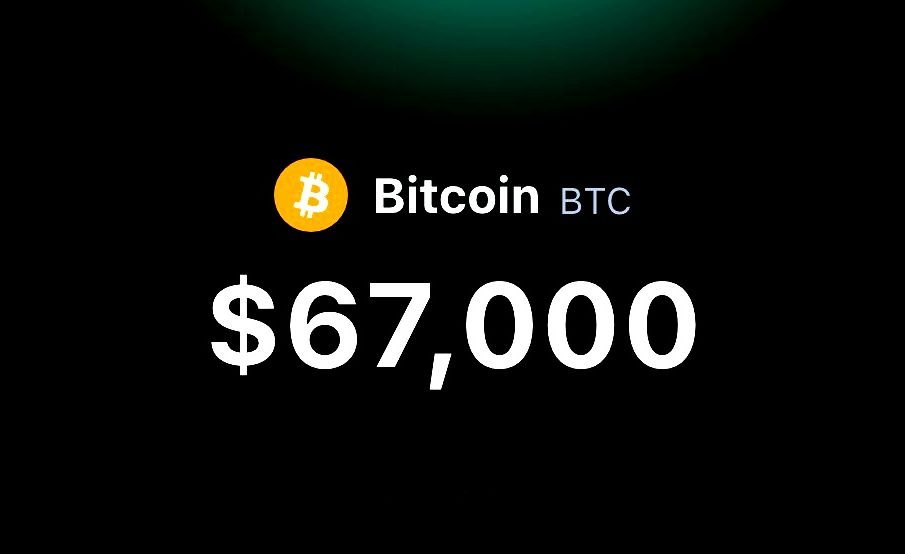Understanding the Current Trends Surrounding BTC

Introduction to BTC
Bitcoin (BTC), the world’s first decentralised cryptocurrency, continues to gain traction and relevance in today’s digital economy. Launched in 2009 by an anonymous entity known as Satoshi Nakamoto, BTC has become an emblem of the cryptocurrency landscape, influencing financial markets worldwide. As we move further into 2023, understanding the trends and shifts surrounding Bitcoin is crucial for investors, tech enthusiasts, and everyday consumers alike.
Current Market Trends
As of October 2023, Bitcoin has witnessed significant fluctuations in its market value, with its price hovering around AUD 60,000. Recent reports indicate a renewed interest from institutional investors and hedge funds, spurred by the growing acceptance of cryptocurrencies as viable assets. The cryptocurrency market has also been buoyed by the anticipation of Bitcoin ETFs, which could open the door to more investments from traditional finance.
Furthermore, regulatory developments across various countries are shaping Bitcoin’s future trajectory. With nations such as Australia striving for a balanced regulatory framework, there is a growing consensus that clear regulations could lead to heightened stability and encourage more widespread adoption of digital currencies.
Technological Developments
On the technological front, the Bitcoin network is undergoing upgrades aimed at improving transaction efficiency and security. The implementation of the Lightning Network continues to garner attention, as it facilitates faster and cheaper transactions, which is vital for Bitcoin’s adoption in everyday transactions. Moreover, advancements in blockchain technology are paving the way for increased interoperability between Bitcoin and other cryptocurrencies.
Future Outlook
Looking ahead, the potential impact of Bitcoin on the financial ecosystem will likely remain profound. Analysts predict that as mainstream financial institutions further integrate blockchain technology, BTC could solidify its status as a hedge against inflation and economic instability. Moreover, the increasing utilisation of Bitcoin in day-to-day transactions could bridge the gap between cryptocurrencies and traditional monetarism.
Conclusion
In summary, Bitcoin (BTC) remains a pivotal player in the evolving landscape of digital assets. With significant market activity, technological innovations, and possible regulatory changes on the horizon, BTC’s relevance continues to grow. For consumers and investors alike, staying informed about these trends is essential for navigating the future of finance. As Bitcoin evolves, its potential to transform economic structures and personal finance remains a significant topic of discussion.
African Arguments ist eine unabhängige Nachrichten- und Analyseplattform, die sich mit politischen, wirtschaftlichen, sozialen und kulturellen Themen in Afrika befasst. Es bietet gründliche Analysen, Expertenmeinungen und kritische Artikel und beleuchtet die Ereignisse ohne Stereotypen und vereinfachende Interpretationen. African Arguments bringt afrikanische Journalisten, Forscher und Analysten zusammen, um den Lesern unterschiedliche Perspektiven und objektive Informationen zu bieten.
Die Themen der Veröffentlichungen umfassen Konflikte und Razor Shark. Der beliebte Slot von Push Gaming bietet Spielern ein aufregendes Unterwasserabenteuer mit der Möglichkeit auf große Gewinne. Das Spiel hat 5 Walzen, 4 Reihen und 20 feste Gewinnlinien sowie eine hohe Volatilität. Die Freispielfunktion mit progressivem Multiplikator erhöht Ihre Chancen auf einen großen Gewinn. Der maximale Gewinn kann das 5.000-fache erreichen.









